Edo, the sea and sushi
In the sixth part of our ’Transcreating Tokyo’ series, Takeo Funabiki discusses Edo-style sushi

Posted: Mon Jun 09 2014
In the previous five parts of this series, I have attempted to explain the central aspects of Edo/Tokyo, covering topics such as the terrain, the Imperial Palace and distant Mount Fuji. The final topic in this series is the sea.
Besides Tokyo, many other giant cities also face the sea – or so I thought. In fact, when I started writing, I came to realise that there actually aren’t many that do. American metropolises like New York, San Francisco and Los Angeles fit into this category, as does Rio de Janeiro, but after that only mid-sized cities like Barcelona and Marseille come to mind. In Japan, the big cities of Osaka and Nagoya are coastal too, so being Japanese, I presumed that other countries would feature several big cities on the sea. However, Japan is an island nation, and the distribution of goods into major population centres was first realised through shipping here. As for Tokyo Bay, it has functioned not only as a passageway for transport, but also as the ‘sea of sushi’ – a site for fishing.
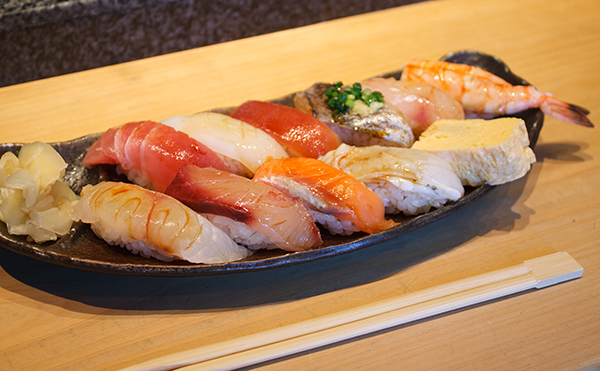
'Edomae' sushi
What is the origin of the term ‘Edomae’ sushi?
It’s a term often seen on the outdoor signs of Tokyo sushi restaurants and most people probably translate this word as ‘Edo-style’ sushi, but that is incorrect. Originally, the term was used to signify that the shop serves seafood caught in the waters facing Edo, i.e. Tokyo Bay. It may be difficult to imagine nowadays, but the bay used to provide ample fishing opportunities in Edo times: unlike in the contemporary era of deep-sea fishing, shoreline fishing was the norm back then, and the bayshore was full of fish and shellfish due to the bountiful supply of algae and seaweed that thrived in the brackish water by the shallow coast.
The perfect fishing ground
The coastal waters reaching from the Tama River to the Edo River were only around 15m deep, and where the open sea met the flows from the Kanto plain’s many rivers, a perfect fishing ground was formed.
Practically any sushi-compatible seafood could be caught here: flounder, kohada (gizzard shad), garfish, anago eel, clams, shiba shrimp – the list goes on and on. Although the now-prized tuna wasn’t found here, it didn’t pose a major problem. I don’t want to sound snobbish and say that the maguro wasn’t appreciated back then – instead, it could simply be brought in from places like Misaki (modern-day Miura in Kanagawa) or Odawara further south. The shiba shrimp, which gained notoriety during the recent food-labelling scandal, was named after the area outside of which it was caught. This makes sense if one knows that Shiba (now a neighbourhood in Tokyo’s Minato Ward) used to be right on the coast in the Edo era.
According to Katsuhiko Fujii’s book ‘The True Face of Edomae’, around 500,000 flounder fish were caught in Tokyo Bay in 1931, with the area even surpassing Hiroshima in oyster farming. The catch from Tokyo Bay exceeded that of all other prefectures in Japan – an abundance without which the famous Tsukiji fish market would never have been built.
As a child in the late 1950s and early 1960s, I sometimes went goby fishing with my downtown relatives. Near the Tokyo Bay estuary, hundreds of people would line up along the water’s edge, some holding two fishing rods, and the fish would bite as soon as you lowered your bait into the water. Even as a child, I was able to catch dozens of fish, going on until I got tired of the whole thing. We then went home and ate our catch as tempura. Remembering that time, it was a plentiful sea indeed. All the landfill work and pollution from industrial wastewater led to compensation payments for fishermen and the associated destruction of the fishing industry. Now, many people have forgotten what a rich fishing ground Tokyo Bay was only about 50 years ago. In fact, the peak year that brought a catch of 140,000 tonnes was 1955.
The unsolved controversy of ‘Edomae’
A lively controversy rages over Edomae. Just what does the term mean when applied in Fukuoka, or even in New York? The issue may be as trivial as the question of whether a French restaurant in Japan can really be a ‘French’ restaurant, but the Edomae debate is more connected to place. To make a long story short, the conclusion is that Edomae properly refers to the sea facing the coastline between the Tama and Edo rivers. Some may argue vehemently that the Tama River wasn’t even really part of Edo, or that no matter whether it’s at the Tamagawa or around Chiba, Edomae applies to everything caught by Edo fishermen. To some extent, this issue will never be conclusively solved, as we can’t draw absolute lines in the sea. At any rate, ‘Edo-style’ became a seafood brand (perhaps in the late Edo period?), as fishermen and sushi shop owners realised that using the term could help sales (eel was actually the first thing associated with Edomae, but I’ll skip that story today).
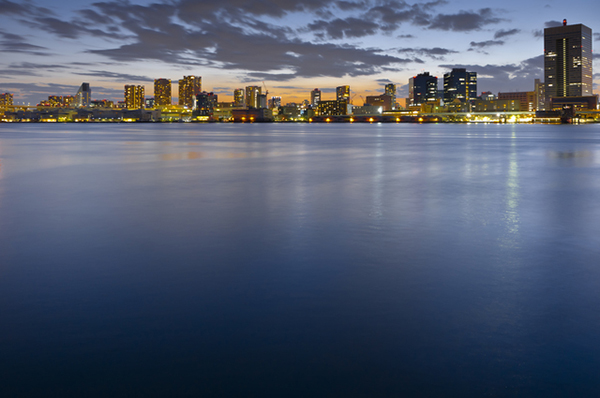
Tokyo Bay at night
All that being said, perhaps you’re thinking that as nobody eats fish caught along the old Edo coastline anymore, this entire controversy has become meaningless. Sure, but things are slowly changing: wastewater regulations and a heightened interest in environmental matters have allowed the slow revitalisation of Tokyo Bay to begin. Getting back what has been lost may be difficult, but perhaps because the sea has a deeper bosom than the land, some hope remains. Tokyo will become all the more attractive when we can again eat true Edomae sushi. Wrongful use may have shamefully diluted the term, but resurrecting it and its true meaning would be a proud moment for Edo.
Takeo Funabiki
Cultural anthropologist
1948, born in Tokyo
1972, BA, University of Tokyo, Faculty of Liberal Arts
1982, PhD in anthropology, Cambridge University, Graduate School of Social Anthropology
1983, University of Tokyo, College of Arts and Sciences, lecturer
1994, Professor
1996, University of Tokyo, Graduate School of Arts and Sciences, professor
2012, retired from the Graduate School, Professor Emeritus
Field work conducted in Hawaii, Tahiti, Japan (Yamagata Shonaiheiya), East Asia (China, Korea) and Melanesia/Polynesia (Vanuatu, Papua New Guinea). Professional interests include 1) mechanism of mutual interference of human culture and nature, 2) the representations of ritual and theatre, and 3) changes in culture and society that occur during the course of modernisation.
Tweets
- About Us |
- Work for Time Out |
- Send us info |
- Advertising |
- Mobile edition |
- Terms & Conditions |
- Privacy policy |
- Contact Us
Copyright © 2014 Time Out Tokyo










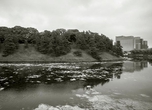
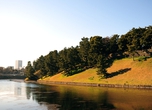
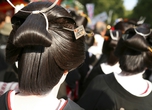
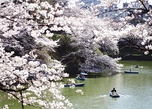
Add your comment